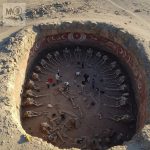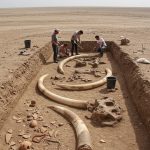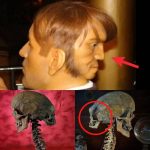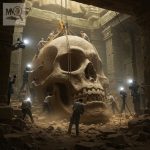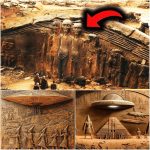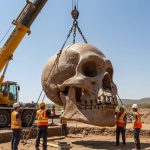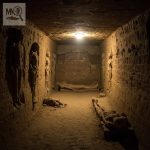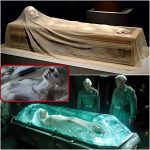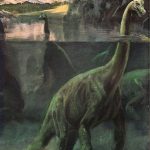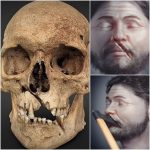Baby Yingliang: A Dinosaur Frozen in Time
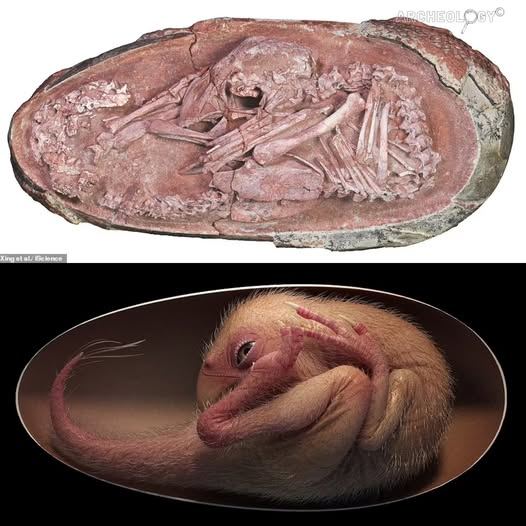
In the world of paleontology, few discoveries can rival the breathtaking beauty and scientific value of “Baby Yingliang,” a 72-million-year-old dinosaur embryo unearthed in southern China. Preserved inside its fossilized egg, the embryo offers an unparalleled glimpse into the mysteries of prehistoric life, capturing a moment where existence paused just before it could begin.
What makes Baby Yingliang so extraordinary is its remarkable state of preservation. The fossil reveals an embryo curled in a lifelike position, its tiny claws folded neatly, its spine arched, and even delicate outlines of skin and feathers visible after millions of years. This level of detail is virtually unheard of in the fossil record, making it one of the most significant paleontological finds of the century.
Scientists have determined that Baby Yingliang belongs to the group of theropod dinosaurs closely related to modern birds. The embryo’s pose—tucking its head under its body, a behavior once thought unique to birds before hatching—provides groundbreaking evidence that avian hatching behavior evolved directly from dinosaurs. This revelation strengthens the evolutionary link between ancient dinosaurs and the birds that fill our skies today.
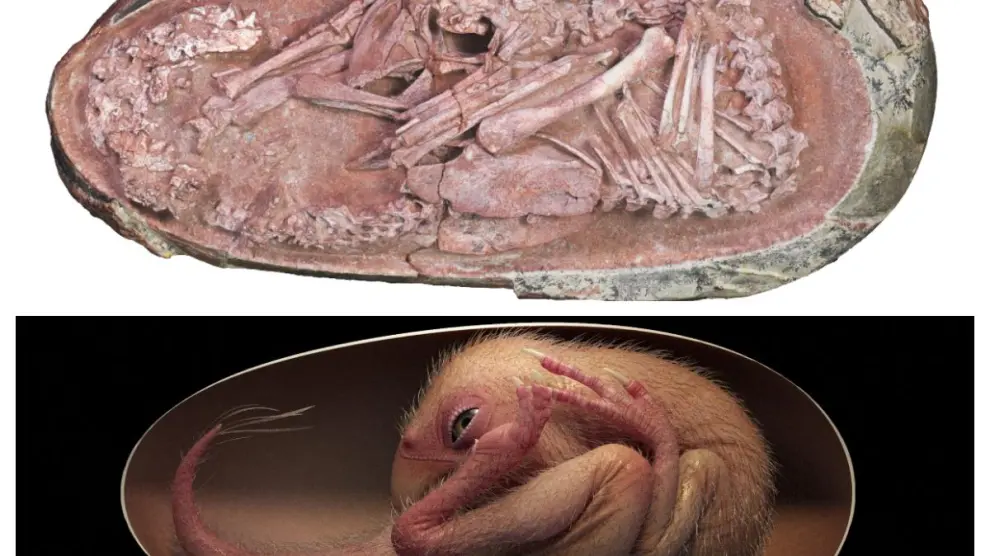
The discovery also reshapes our understanding of dinosaur reproduction and development. Fossils of embryos are incredibly rare, as delicate bones and tissues are seldom preserved. Yet Baby Yingliang survived the passage of deep time, likely due to rapid burial and ideal geological conditions. Researchers believe this fossil represents not only a frozen moment in evolution but also a story of survival against the odds—where one tiny life, never lived, continues to teach us about an entire species.
Beyond its scientific importance, Baby Yingliang carries immense emotional and symbolic weight. To gaze upon this fossil is to witness a story that was interrupted 72 million years ago, a life that almost began. It reminds us of the fragility of existence and the fleeting nature of life, even in the age of towering dinosaurs. The embryo’s curled form, preserved in stone, embodies both potential and loss, a silent narrative of Earth’s ancient worlds.

Today, Baby Yingliang is housed at the Yingliang Stone Natural History Museum in China, where it continues to inspire wonder among scientists, students, and visitors from across the globe. Each study of this fossil reveals new layers of understanding, from the intricacies of dinosaur development to the broader story of life’s evolution on our planet.
The significance of Baby Yingliang lies not only in its contribution to science but also in its ability to connect us emotionally to a past we can scarcely imagine. It bridges millions of years, allowing us to witness evolution in action, frozen in time. More than a fossil, it is a reminder of Earth’s lost worlds and the fragile traces they leave behind.
#DinosaurDiscovery #Paleontology #PrehistoricLife #FossilFinds #Evolution
